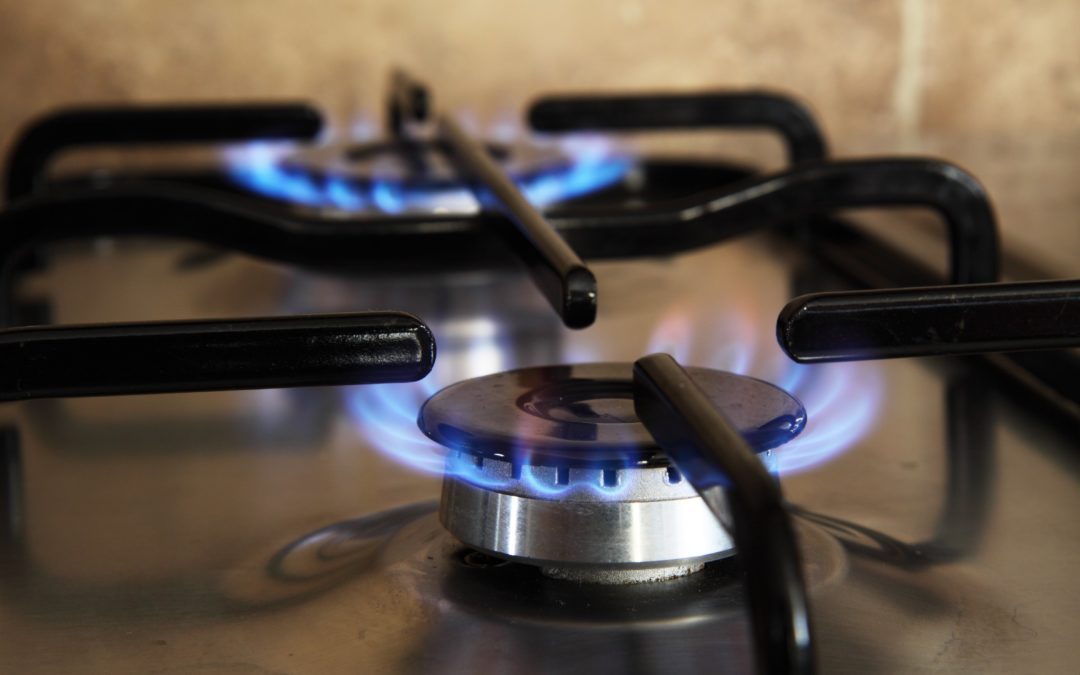
by Lorri | Dec 12, 2018 | UnCorked
In preparation for our holiday entertaining my husband and I retreated to the world of YouTube to watch old Julia Child clips. I cannot boast of having successfully prepared any Julia Child masterpieces, as my cooking-with-Julia experience goes only as far as owning Mastering the Art of French Cooking, given to me as a gift and, embarrassingly, still in pristine condition among my other cookbooks.
As I watched the clips, my attention drifted from her cooking techniques to her sensible wine and food pairing tips. Admittedly, I knew this was annoying my husband as I repeatedly made him back up the clips as I admired her straightforward explanations. As we finished up our YouTube binge-watching, I realized even in her early career she was teaching that the importance of understanding wine is essential to understanding food, but in an uncomplicated way.
These are a few of my favorite quotes.
“I would happily die with a bottle of white Burgundy in my mouth.”
Child loved most all types of Burgundy and Burgundy was served with most of her meals. The main varietals are pinot noir and chardonnay. Depending on the region and country of production, these grapes can vary substantially in style. Burgundy is known for its subtle, more restrained elegant styles.
THE VALUE
- 2016 Nicolas Potel Bourgogne Pinot Noir, France (about $19 retail)
THE SPLURGE
- 2016 Dom Alain Pautre Chablis, France (about $24 retail)
“Wine is meant to be with food — that’s the point of it.”
Most wine educators and writers continue, even today, to push this concept she so elegantly expressed so many years ago. When wine and food are paired in harmony it makes both even more enjoyable.
THE VALUE
- 2016 Chateau Bonnet Blanc, France (about $15 retail)
THE SPLURGE
- 2016 Sean Minor Sonoma County Pinot Noir, California (about $20 retail)
“As you get older, you shouldn’t waste time drinking bad wine.”
Fifty years ago, finding well-made wines under $15 possibly posed a challenge to consumers, but with today’s winemaking technology and growing techniques it’s difficult to find an undrinkable popular selling wine. Consider your choices in price not only by the dollar amount but also quality comparison.
THE VALUE
- 2016 Louis Jadot Beaujolais Villages, France (about $14 retail)
“Just like becoming an expert in wine — you learn by drinking it, the best you can afford — you learn about great food by finding the best there is, whether simple or luxurious. Then you savor it, analyze it, and discuss it with your companions, and you compare it with other experiences.”
Finding the exceptional food and wine pairings, unique grape variety or even your “go to” $10 bottle all begin with exploring and learning.
THE VALUE
- 2016 Laxas Albarino, Spain (about $14 retail)
THE SPLURGE
- 2016 Reynolds Family Carneros Pinot Noir, California (about $46 retail)
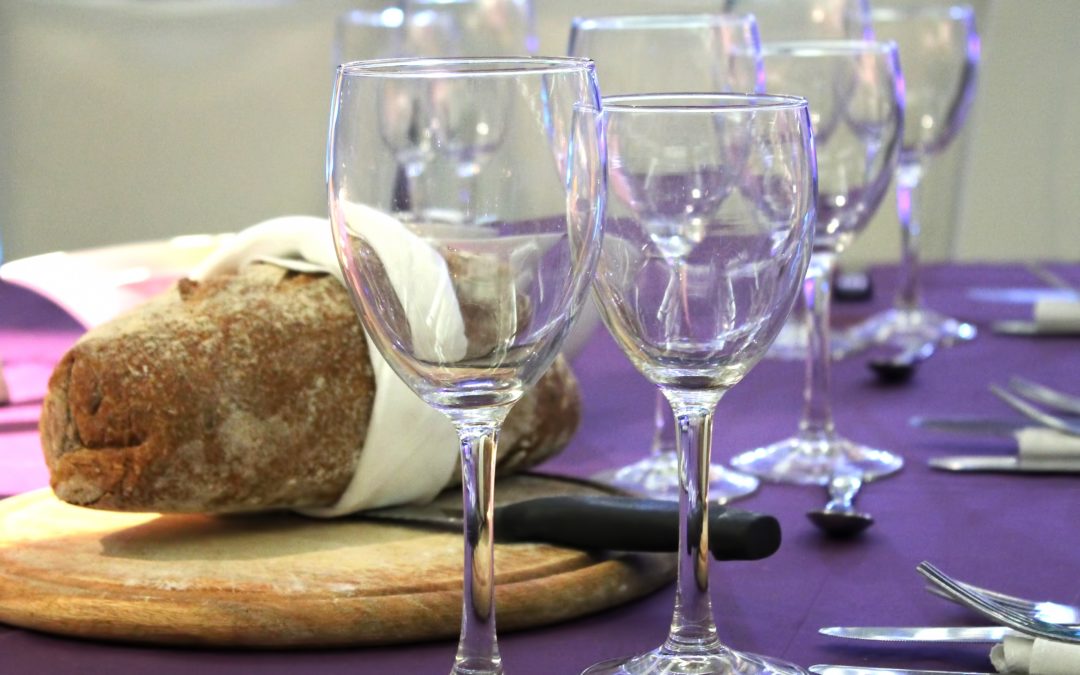
by Lorri | Dec 5, 2018 | UnCorked
Throughout this month many of us will be spending a lot time dining out with family and friends or entertaining clients in area restaurants.
As you peruse the wine list, don’t be surprised if you spot a Napa Cabernet Sauvignon you just bought for $30 at the wine store around the corner listed for $80 on the menu in front of you.
This week, I will try to explain some of the factors contributing to the markup, and offer some tips for recognizing the best values.
- Consider wine as a commodity and another good where the bottom line matters. If you are dining at an establishment with fresh flowers, valets, coat check, a sommelier, and seven chefs preparing your food, it’s going to cost considerably more than a similar meal prepared at home or at a restaurant without the flowers, valet, coat check, etc. These added amenities contribute to the prices, including the wine, at the restaurant. Another contributing factor in wine list sticker shock is tax — federal, state and local alcohol taxes are in addition to the restaurant sales tax.
- When looking for values on a restaurant wine list, keep in mind most lists follow a graduated markup. The highest markups are usually on less expensive wines and lower markups are on higher end wines. A $10 (wholesale price) wine could be marked up to $30 while a $45 (wholesale price) wine may be around $75 on a restaurant wine list. In this case the value may be in spending more and the potential of getting a better-quality wine.
- I admit I didn’t believe this tip given to me by a friend who was a beverage director until I did some research of my own. The best values are often found midway down in the list. Some restaurants mark up the second, third or fourth least expensive on the list the most. Why? Because most people don’t want to look cheap by ordering the least expensive on the list and will usually order the second, third or fourth wine on the list.
- Don’t be afraid to be adventurous. Restaurant owners are savvy in understanding many of us are easily confused when faced with the wine list in a new-to-us restaurant or when dining with a group. So you’ll likely pay more for recognizable brands, as restaurants know these are safe bets for consumers. Unfortunately — but understandable from the business model — these bottles generally get the full markup. If a bottle fits your price range and you have never tasted a wine from the region or the grape, give it a try.
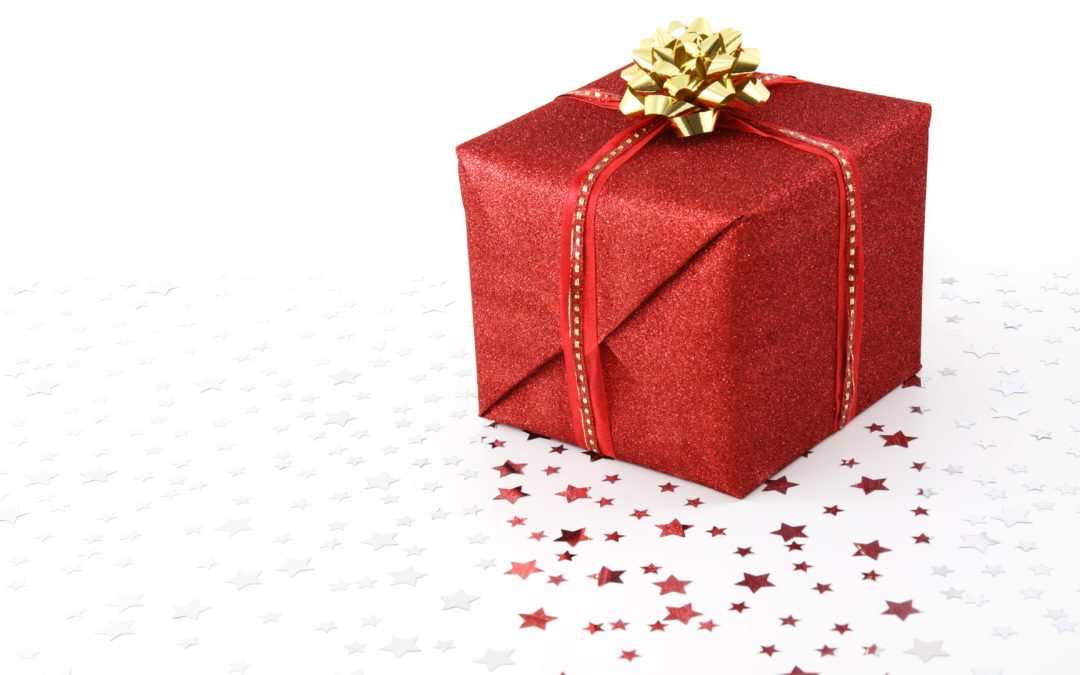
by Lorri | Nov 28, 2018 | UnCorked
It’s that time of year when we get caught in the frenzy of holiday shopping.
As we search out the best deals for stocking-stuffers, toys and computers, don’t forget to seek out savings on your holiday wine buying, too.
The deals are ongoing. Wine shops generally start running specials as early as the day after Thanksgiving and continue throughout December. Don’t put off shopping until the day before Christmas — because many of the quantities retailers have allotted for holiday discounts will sell out quickly.
Buying tip No. 1 Buy by the case and not the bottle. This is possibly the most important buying tip. Buying in bulk will always save you money. Many retailers offer savings from 10 percent to 20 percent off. If the idea of so many duplicate bottles bothers you, keep in mind many retailers offer a discount on mixed assorted bottles and not only one brand or style allowing you many bottles for a diverse range of occasions.
Stock up for gifts. I always have several bottles on standby to give as last-minute gifts — neighbors, colleagues and even the mailman. Not to mention birthdays, engagements and other gift-giving occasions. I also buy wine gift bags in advance to have ready at any given moment. This way I’m always prepared when someone brings an unexpected gift.
Shop around to find the best deals. Prices can vary significantly between stores. And don’t forget about “Wine Day” savings. These days, usually a designated day of the week, vary by retailer and are ideal if you’re looking to buy only a couple of bottles. These discounts can be from 10 percent to 20 percent off depending on the store.
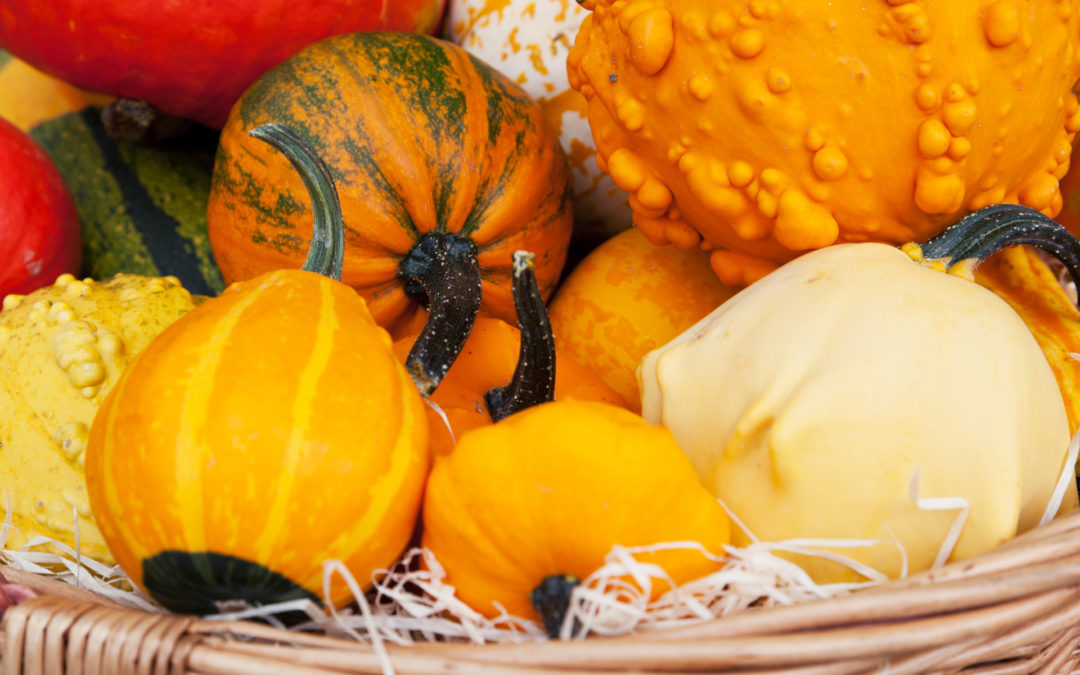
by Lorri | Nov 21, 2018 | UnCorked
By now most likely your Thanksgiving menu is in place. Don’t let the wine be an afterthought. From formal, sit-down affairs and casual buffets to a spread of family classics the right wine will make your meal even more special.
The Congenial Wine
Pinot Noir is a natural fit for the Thanksgiving table with its light bodied style enjoyed by white and red drinkers. It also offers a subtle elegance with foods rather than a powering fruit bomb many red wines exhibit.
THE VALUE
- 2016 Aime Boucher Pinot Noir, France (about $14 retail)
THE SPLURGE
- 2016 Adelsheim Pinot Noir, Oregon (about $29 retail)
The Safe Wine
With its ability to play well with the clashing flavors and textures on most Thanksgiving menus, Riesling could possibly be the wine world’s most versatile wine. Most Thanksgiving menus are a hodgepodge of dishes — making a dry Riesling a safe bet. If the Riesling is from almost any vineyard outside of Germany, the label is easily deciphered with the style being stated. If you are looking for the traditional German Riesling keep in mind the styles will range drastically from “Kabinett” being the driest and “Auslese” the sweetest.
THE VALUE
- 2016 Snoqualmie Naked Riesling, Washington (about $14 retail)
THE SPLURGE
- 2016 Hugel Alsace Riesling, France (about $28 retail)
The Paramount Wine
If there is ever a time to head to your cellar and dust off the cobwebs from your collection it is during the holidays. If you happen to have an aging Burgundy tucked away, this is a well-deserving occasion to savor your cellaring patience. Aged pinot noir complements the Thanksgiving menu with its earthy flavors and integrated tannin structure and acidity. If you don’t have the dusty cellar at hand, there are many Burgundy wines at your local wine retailer that are just as impressive and well worth the price.
THE VALUE
- 2016 Dubois Red Burgundy, France (about $22 retail)
THE SPLURGE
- 2015 Nicolas Potel Santenay Clos Rousseau, France (about $55 retail)
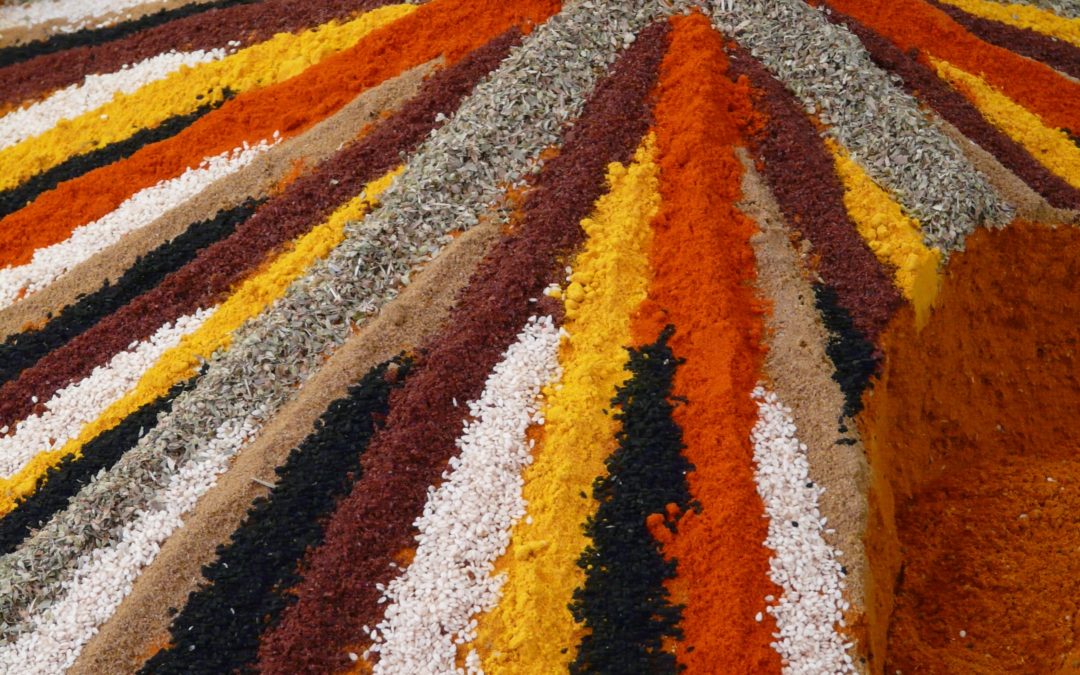
by Lorri | Nov 14, 2018 | UnCorked
I was recently asked if it’s OK to cook with wine that has been opened.
We’re probably all familiar with the old saying, “If you wouldn’t drink it, don’t cook with it.”
It sounds simple enough. But the answer is more complicated. It isn’t financially savvy or practical to toss a bottle simply because it has been open long enough to lose its peak freshness.
Most of us are very resourceful when it comes to creating new masterpieces out of last night’s dinner. Shouldn’t we do the same with our wine?
A bottle of wine that has been open for several days is not going to taste as the winemaker intended nor will it be as enjoyable to drink, but that doesn’t mean its age would be noticeable in a reduction, stew or sauce.
If you want to reduce your wine waste by cooking with it, you can’t haphazardly leave opened bottles sitting out by the kitchen sink. Always re-seal an open bottle with a stopper or its original cork and store it in the refrigerator and with the least contact with oxygen.
During cooking as the wine is exposed to heat, its flavors change. Wine imparts four key characters in a recipe: acidity, sweetness and tannins and a not so technical term “wine flavor.” The wine will lose its alcohol content and many of its original flavors, but these key elements will remain.
I try not to use wine that has been opened for more than a week. Bottles opened for weeks or months, even refrigerated, will lose most of the key character you are looking for in a recipe when adding wines.
If a wine has cork taint or volatile acidity most likely these faults will be imparted on the dish you are cooking. The cork taint is caused by a chemical contaminant, trichloroanisole or TCA. These wines have a strong moldy odor similar to a wet dog, musty basement or damp newspaper. When a wine is tainted there is no way to correct it and it’s best to toss the bottle. The tricky issue is taint is perceived by people in different ways. My advice is when in doubt, pour it down the sink and don’t risk your dinner guests second guessing why your beef stew reminds them of wet dog.
Volatile acidity is when there is a higher than normal level of acetic acid. These are the flawed wines smelling like model airplane glue, nail polish remover or vinegar. Even if your recipe calls for a dash of vinegar these notes are not the same when cooking with flawed wines. Again, my rule is better down the sink than in my guests’ main course.
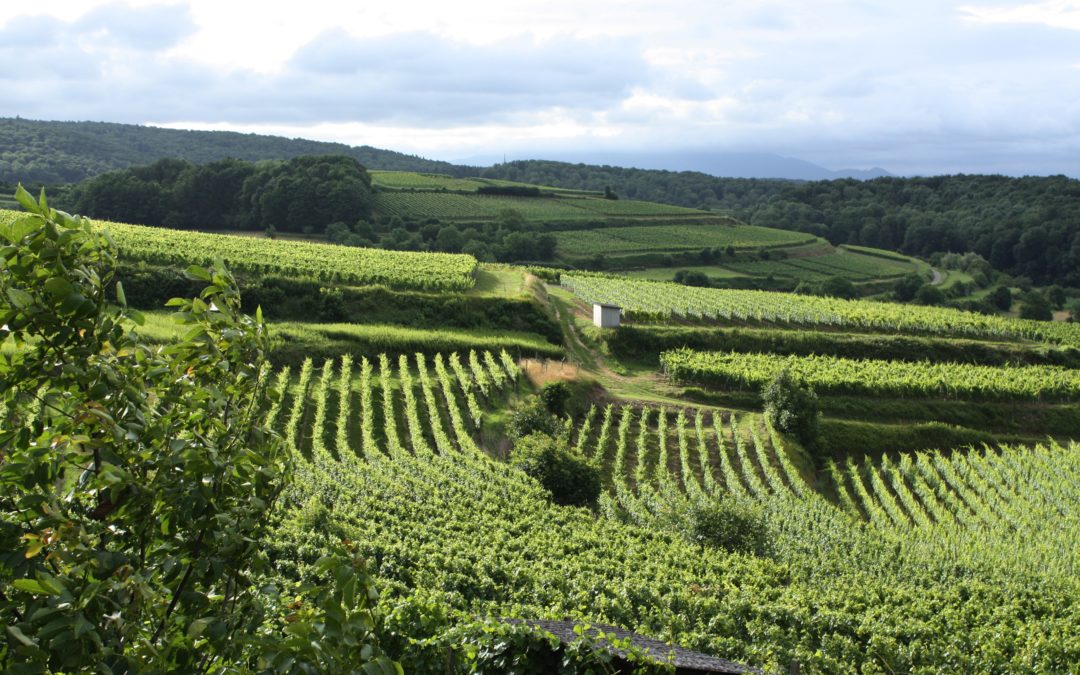
by Lorri | Nov 7, 2018 | UnCorked
The world of wine can be confusing at times — even for experts. Not only do we have thousands of choices from thousands of wine regions, there’s the problem of grapes that go by multiple names.
It may be simple enough to keep track of pinot grigio and pinot gris as the Italian and French styles, respectively, of a common grape, but things get more complicated when we consider crljenak kastelanski, primitivo and zinfandel.
Many grape varieties around the world have several names depending on where they are grown. Some are interchangeable and many better understood by exploring the place they were grown to help in deciphering the style.
It’s understandable to doubt that Syrah and Shiraz are the same grape. You can taste these wines side by side and they are completely different in style, taste and texture. “Syrah” is the name usually used in France’s Rhone region where it is the backbone of most Northern Rhone wines and a blending grape in the Southern Rhone. “Shiraz” is the name most winemakers in Australia use. While the two names may have started out as regional distinctions, over the past decade the use of the two names has become a distinction in style. For those using “Syrah” it generally indicates a wine with French influence and fruit restraint while “Shiraz” for a more rich, full-bodied fruit forward style.
THE VALUE
- 2016 Gayda Domaine Syrah, France (about $12 retail)
THE SPLURGE
- 2016 D’Arenberg Footbolt Shiraz, Australia (about $18 retail)
Mourvedre is often overlooked because it is generally used in French regional wines and not listed on the label. Perhaps you know it as monstrell (its Spanish name) or mataro (as it was once called in California). This thick-skinned small-berried grape originated in Spain where it thrives in hot climates. In almost all hot climates it has the powerful high tannin structure with aromas and tastes of blueberry, blackberry, plum and even rose and violet. It’s the grape used as the backbone of many French rose wines and in the Languedoc where it is usually a blending grape for many red blends. The name can sometimes shift back to mataro in Australia where it is the GSM blends. (Grenache, shiraz and mourvedre or mataro.)
THE VALUE
- 2016 Barossa Valley Estate GSM, Australia (about $13 retail)
THE SPLURGE
- 2016 Cline Ancient Vines Mourvedre, California (about $20 retail)
So, now to the crljenak kastelanski grape, also known as zinfandel, primitivo and tribidrag. This is another example of the use of different names identifying place and style. It’s known as crljenak kastelanski or tribidrag in its native Croatia where it produces a light-bodied fruity wine. The style most are familiar is either the white zinfandel or the full-bodied, ripe, fruit bombs of California. The Italians know it as primitivo.
THE VALUE
- 2016 Bogle Old Vine Zinfandel, California (about $13 retail)
THE SPLURGE
- 2016 Cakebread Cellars Lake County Zinfandel, California (about $62 retail)





